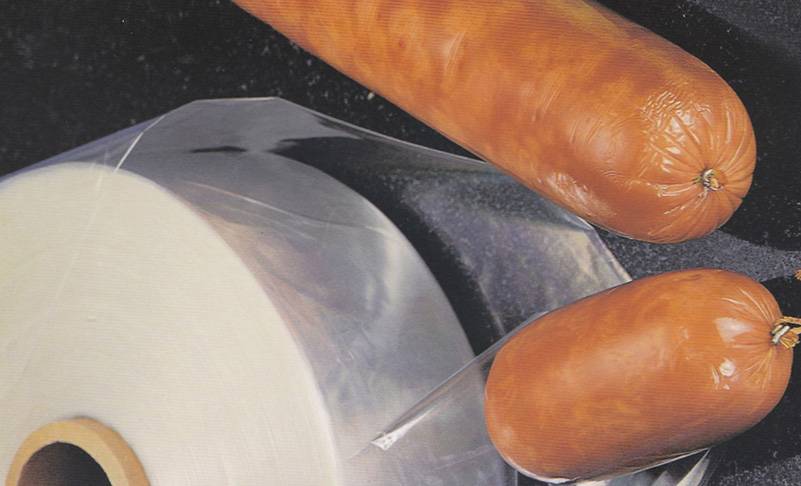A sausage chain is a mixture of ground meat, fat, seasoning, and sometimes filler. It is contained in a casing and then bound or twisted at intervals to form individual chains. Traditionally, sausage was stuffed into natural casings made from animal intestines, but artificial casings are also available on the market. Today, most commercial sausages use synthetic casings. Before you make your own segmented sausage, or just want to know what you're eating - Sausage Casing Manufacturers takes you through the differences between natural and artificial casings
The origins of natural casings probably began around 4000 B.C. when cooked meat was stuffed into the stomachs of goats, but today's natural casings are made from the submucosa, the intestines of farm animals. The intestines come mainly from pigs, cows, goats, sheep and sometimes horses. This method of wrapping sausage has been around for centuries - although machines have replaced the need to manually clean the intestines before use - and is the only form of casings that can be used to produce organic sausage.

Sausage Casing
The benefits of natural casings are flavor and visual appeal. Because natural casings breathe, the flavor of the sausage is deeper and more intense - smoky and culinary odors can permeate the casings and infuse the meat. Because the casings are all natural, the sausages are somewhat irregular in shape and size and look very natural.
Artificial Sausage Casings can be made from materials such as collagen, cellulose and plastic, and they are not always edible. Collagen casings have the longest history and are made from animal collagen, mainly from cow and pig skin. Sometimes bone and tendon are included, and casings can also be made from poultry and fish. Collagen casings are an inexpensive option and easier to use than natural casings because they allow for better control of the weight and size of the sausage.
Cellulose casings are made from viscose, a material composed of cellulose from wood pulp or cotton lint. These casings are strong and transparent and can penetrate smoke; they peel off after cooking. Plastic casings are not edible and are used for smokeless, high-yield products because they are impermeable.
Some artificial casings require immersion in hot tap water prior to use and need to be pierced with the tip of a knife to eliminate air pockets before filling. The advantages of using artificial casings are strength and uniformity.
We also provide Clipping Machine, please feel free to contact us if you need